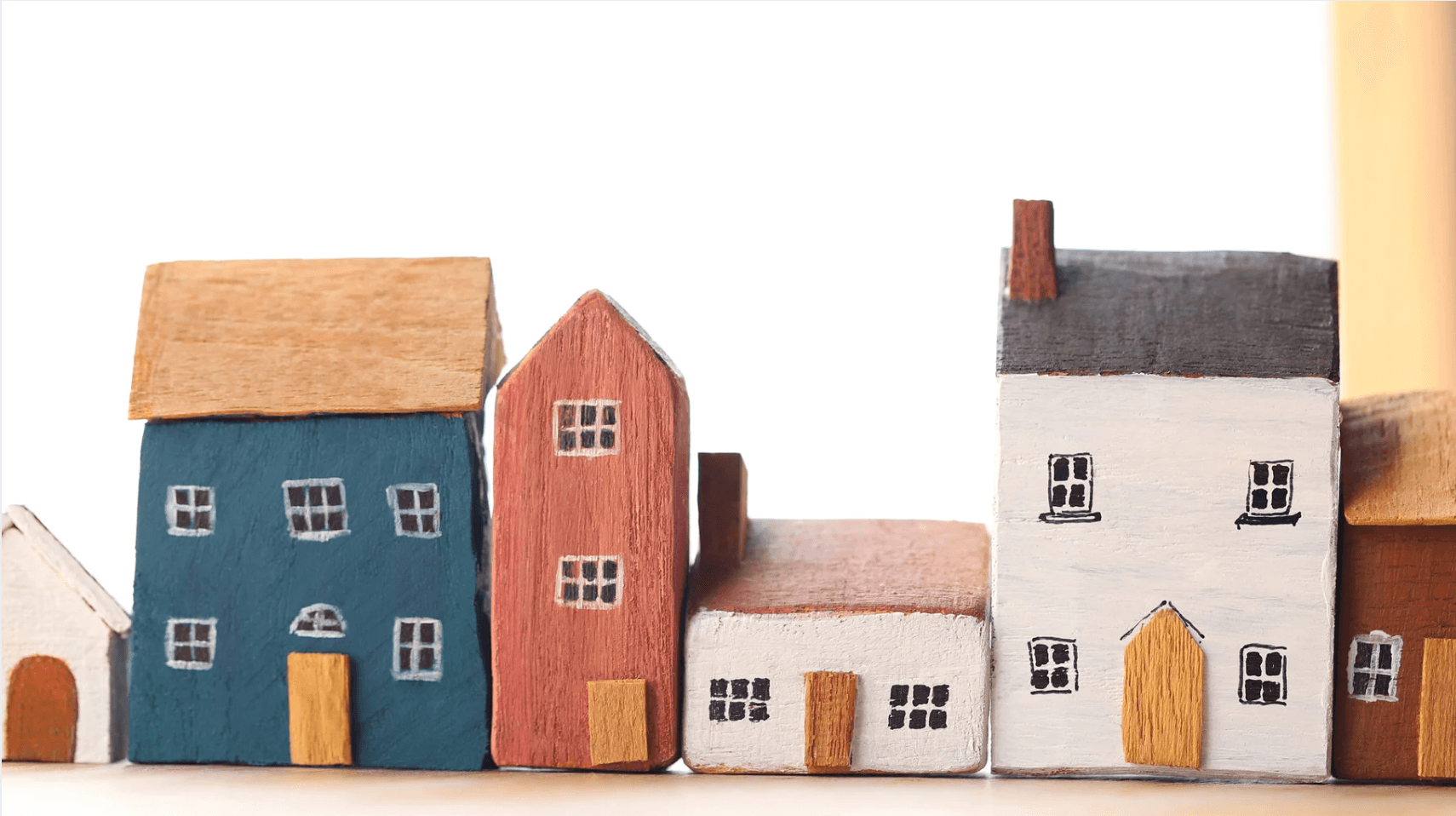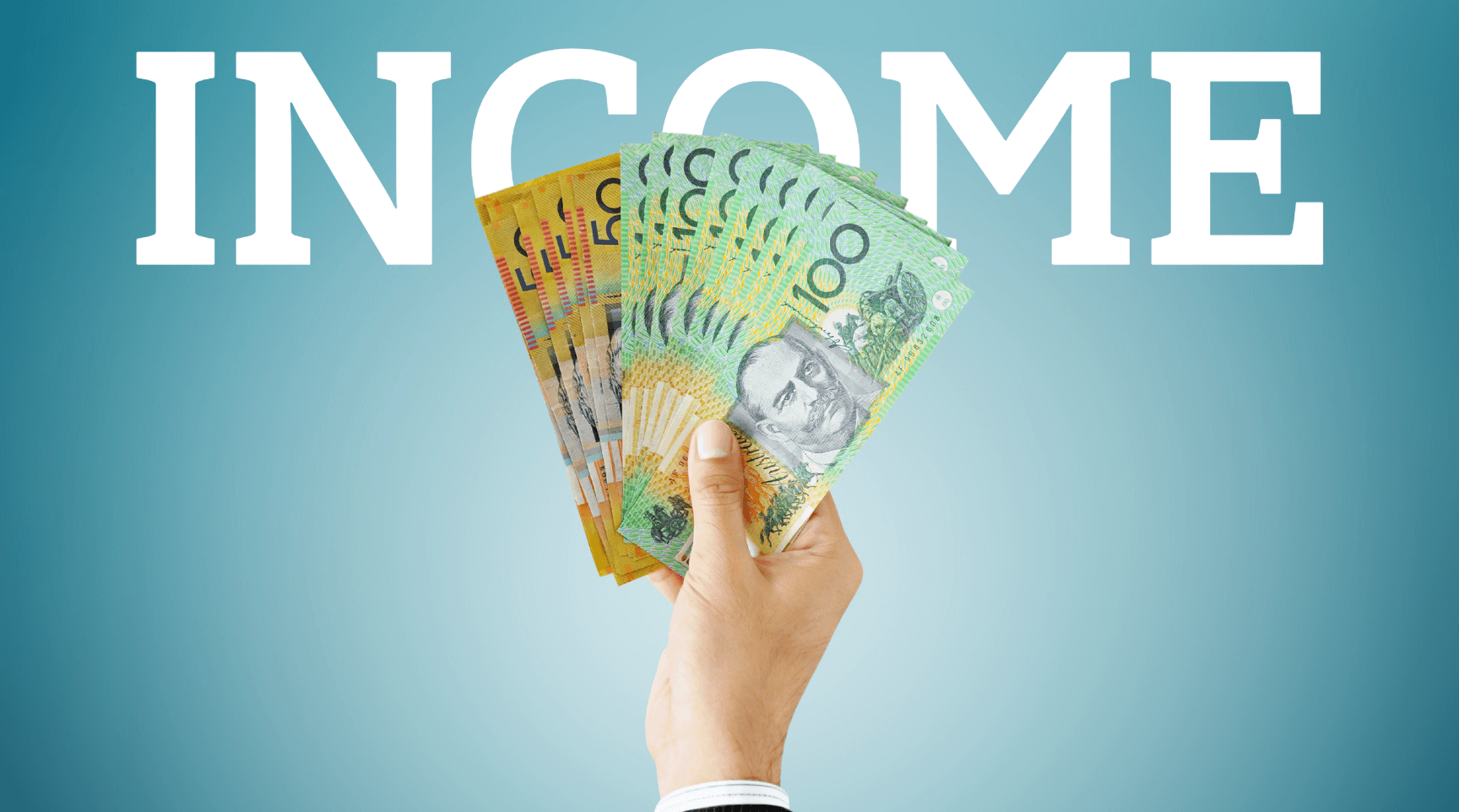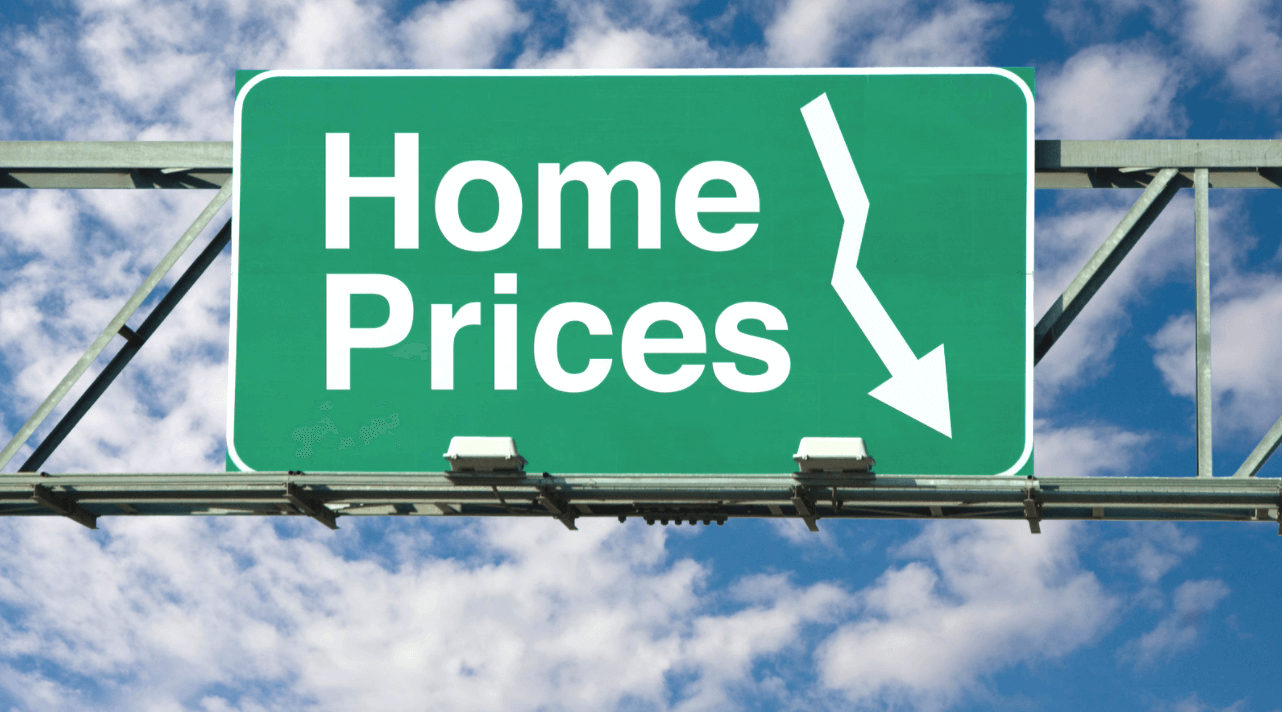Fractional Property Investment in Australia: What Is It and Is It Worth It?
Buying property in Australia has long been considered a golden ticket to financial security. But with property prices soaring, particularly in Sydney and Melbourne, many aspiring investors are finding that even scraping together a deposit feels out of reach.
Enter fractional property investment, a concept that’s quickly gaining traction among everyday Australians who want a slice of the property market without the need for hundreds of thousands in savings.
But what exactly is fractional property investment? How does it work? And, more importantly, is it actually worth it?
Let’s unpack this growing trend and explore whether it could be your stepping stone into the Australian property market.
What Is Fractional Property Investment?
Fractional property investment allows multiple people to co-own a share of a single property. Instead of one buyer purchasing an entire home or apartment, several investors pool their funds to collectively buy it.
Each investor owns a “fraction” — say, 5%, 10%, or 25% — depending on how much they contribute. That ownership entitles them to a corresponding share of the rental income and capital growth.
Think of it like buying shares in a company, but instead of owning stock, you own a tangible slice of bricks and mortar.
This approach is often facilitated by digital investment platforms such as BrickX, DomaCom, or CoVEST, which make it simple for investors to browse available properties, purchase shares, and monitor performance through online dashboards.
It’s property investing made more accessible, streamlined, and tech-friendly, which means no million-dollar loans required.
How Does It Work?
Here’s how a typical fractional investment setup might play out:
- The Platform Selects Properties
The platform identifies and purchases properties — often residential homes in high-growth areas. - The Property Is Divided Into “Fractions”
Each property is divided into small investment units or “bricks,” each representing a percentage of ownership. - You Buy Shares (Fractions)
Investors can buy as many fractions as they can afford. For instance, if a property is worth $800,000 and divided into 8,000 fractions at $100 each, you could start with just $500 or $1,000. - You Earn Returns
Investors earn their share of the rental income (paid quarterly or monthly) and benefit if the property’s value appreciates. - Selling or Exiting
If you want to sell your stake, most platforms offer secondary markets where investors can buy and sell fractions to one another.
Why It’s Becoming Popular in Australia
Let’s face it, property affordability in Australia has reached eye-watering levels.
The median Sydney house price sits above $1.4 million, and even regional areas have seen dramatic growth in recent years. For many, saving a 20% deposit for a traditional property loan feels nearly impossible.
That’s where fractional investing offers a glimmer of hope.
Here are some of the main reasons it’s catching on:
1. Lower Entry Costs
You can start investing in property with as little as a few hundred dollars, compared to tens or hundreds of thousands required for a traditional deposit.
For younger Australians and first-time investors, this is an attractive way to “get a foot in the door” — quite literally.
2. Diversification
Instead of putting all your money into one property, you can spread your investment across multiple properties, perhaps a share in a Melbourne apartment, another in a Brisbane townhouse, and another in Perth.
That spreads your risk and allows you to build a diversified portfolio without needing millions in capital.
3. Passive Investment
The platform handles everything from property management to rental collection and maintenance. You simply collect your share of the income and watch your investment grow.
This “hands-off” approach appeals to busy professionals who want exposure to property but lack the time to manage tenants, repairs, and the paperwork that comes with ownership.
4. Technology-Driven Transparency
Modern fractional platforms are built for the digital age. You can track property performance, rental yields, and capital growth through sleek dashboards and monthly updates that are far more transparent than many traditional syndicates or trusts.
The Drawbacks You Need to Know
Of course, no investment is risk-free. While fractional property investing is exciting and accessible, it’s crucial to understand its limitations before jumping in.
1. Limited Control
When you buy fractions, you’re not the one calling the shots. The platform decides when to buy, sell, lease, or renovate — you simply own a share.
If you prefer full control over your assets, this can be frustrating.
2. Liquidity Challenges
While some platforms offer secondary markets for trading fractions, it’s not as liquid as selling shares on the ASX. You might have to wait weeks or months to find a buyer for your stake.
3. Platform Risk
Fractional investing relies heavily on the platform’s credibility and management. If the platform were to collapse or face operational issues, your investment could be at risk.
It’s important to choose licensed, ASIC-regulated providers with transparent structures and audited performance.
4. Fees
Fractional platforms usually charge management and transaction fees — sometimes layered, covering property acquisition, admin, and exit costs.
Always read the fine print, as these fees can eat into returns over time.
5. Capital Growth Can Vary
Owning a fraction doesn’t automatically guarantee stellar returns. If the property market stagnates or dips, your investment’s value will decline too.
And since fractional platforms often target established properties in prime areas, the upside potential may be moderate compared to buying your own “fixer-upper.”
Who Is Fractional Property Investment Best Suited For?
Fractional property investment isn’t for everyone, but it can be an excellent option for certain types of investors.
First-Time Investors
If you’re curious about property but can’t yet afford a deposit or don’t want to take on a large mortgage, fractional investing lets you dip your toes in without overcommitting.
You’ll gain practical exposure to property performance, rental yields, and capital appreciation — invaluable experience for future investments.
Young Professionals
Those in their 20s or 30s with disposable income but no immediate plans to buy can use fractional investing to build wealth passively. It’s a great way to make your money work harder while you continue saving for your own home.
Passive Investors
If you’re already financially stable but prefer not to deal with the hassles of property management, fractional investing offers property exposure without the weekend trips to fix leaky taps.
Diversifiers
Experienced investors might use fractional investments to balance their portfolio — perhaps adding property exposure alongside shares, ETFs, or bonds.
How It Compares to Traditional Property Investment
| Feature | Fractional Investment | Traditional Property Ownership |
|---|---|---|
| Initial Investment | Often under $1,000 | Typically 5–20% deposit of total value |
| Ownership Type | Partial (shared) | Full |
| Control | Limited | Full |
| Liquidity | Moderate to low | Low (must sell the entire property) |
| Returns | Proportionate to your share | 100% of property returns |
| Management | Fully handled by platform | Owner’s responsibility |
| Leverage (using borrowed funds) | Usually not allowed | Common via mortgages |
| Diversification | Easy to diversify | Harder unless you own multiple properties |
While fractional investing is simpler and more affordable, traditional ownership offers leverage and greater control. The choice depends on your goals, capital, and investment horizon.
Fractional Property and Tax in Australia
Tax treatment for fractional property can be a little complex. Generally:
- Rental income you earn from your share is taxable at your marginal rate.
- Capital gains tax (CGT) applies when you sell your fractions at a profit.
- You may also be entitled to deductions for property management fees or expenses, though these vary by platform.
It’s wise to speak to a qualified tax adviser before investing, to ensure you understand your obligations and maximise any available benefits.
Real-World Example: How It Works in Practice
Let’s say you invest $5,000 into a fractional property platform that owns a $1 million property in Sydney.
You now own 0.5% of that property.
- If the property yields a 4% annual rental return, you’d receive around $200 a year in rental income.
- If the property appreciates by 6% over three years, your share’s value would grow by roughly $300.
So, over three years, your $5,000 investment might be worth about $5,500, not including platform fees.
It’s not life-changing money, but it’s a tangible start, and a stepping stone into property investment that would otherwise be out of reach.
Risks to Keep in Mind
Like all investments, fractional property carries risk. It’s worth highlighting a few key points before you dive in:
- Property Value Fluctuations: Property markets can move both ways, and downturns can erode returns.
- Interest Rate Changes: Rising rates can affect rental yields, valuation, and investor demand.
- Liquidity Risk: Selling your fractions might take time or incur fees.
- Platform Reliability: Always research who’s managing the investment and whether they’re properly licensed.
- Regulatory Changes: New rules around managed investment schemes or property crowdfunding could impact how these platforms operate.
Doing your homework upfront — and ensuring your chosen platform has transparent governance — is key to mitigating risk.
Is Fractional Property Investment Worth It?
The short answer: it depends on your goals.
Fractional property investment won’t replace traditional ownership, but it can be an effective stepping stone, particularly in Australia’s high-priced housing landscape.
It’s worth it if you:
- Want affordable exposure to the property market
- Prefer hands-off investing
- Understand that returns will be proportional (and not exponential)
- Choose reputable, regulated platforms
It’s less suitable if you:
- Want full control over a property
- Plan to use leverage (e.g. mortgages) to grow your portfolio faster
- Need liquidity or quick access to your funds
In essence, fractional property investing can make property ownership inclusive again — offering access, learning, and opportunity to those priced out of the market.
Final Thoughts: A Modern Way to Get a Foot in the Door
For decades, property ownership has been the Australian dream, but for many, that dream has slipped further away as prices outpace wages. Fractional investing might not buy you a whole home, but it can buy you a share of the dream.
It’s a modern, accessible way to start building wealth through property, test the waters, and gain confidence as an investor without waiting another decade to save a deposit.
That said, it’s vital to approach it with clear expectations, sound research, and professional guidance.
If you’re exploring fractional property or thinking about stepping into the property market more broadly, speaking to a mortgage adviser can help you map out your financial path — whether that means buying your own property outright or exploring alternative investment avenues.
At RateSeeker, we help Australians navigate their home loan journey with clarity and confidence. Whether you’re looking to buy, refinance, or simply understand your borrowing options, our experts can help you find the most competitive rates and strategies tailored to your goals.
Your property journey doesn’t have to wait — sometimes, the smartest move is simply to start.
Key Takeaways
- Fractional property investment allows you to own a share of a property without a massive deposit.
- It’s ideal for beginners, diversifiers, and those priced out of the traditional market.
- Risks include limited control, fees, and market fluctuations.
- Always choose regulated platforms and seek professional advice before investing.
- For many Australians, it’s a gateway to long-term property ownership — not the destination itself.
Ready to explore your own property opportunities?
Let RateSeeker help you compare, plan, and secure the right home loan for your goals — whether you’re starting small or scaling up.
Contact RateSeeker to learn how we can help you move from fractional ownership to full-scale financial confidence.
** General Advice Warning
The information provided on this website is general in nature only and it does not take into account your personal needs or circumstances into consideration. Before acting on any advice, you should consider whether the information is appropriate to your needs and where appropriate, seek professional advice in relation to legal, financial, taxation, mortgage or other advice.




